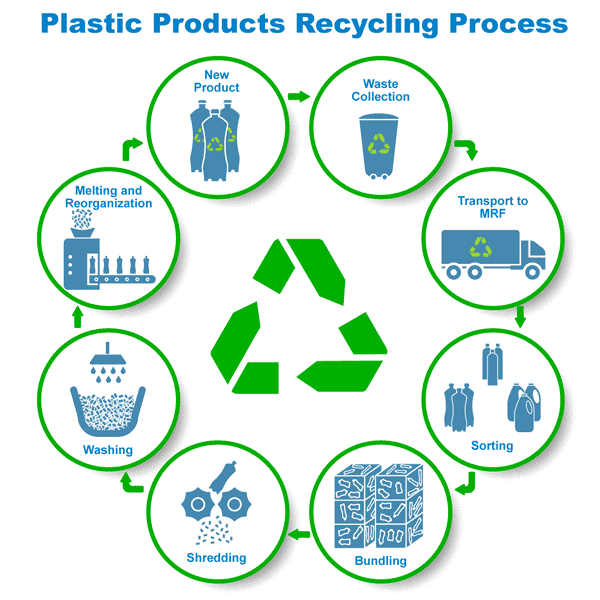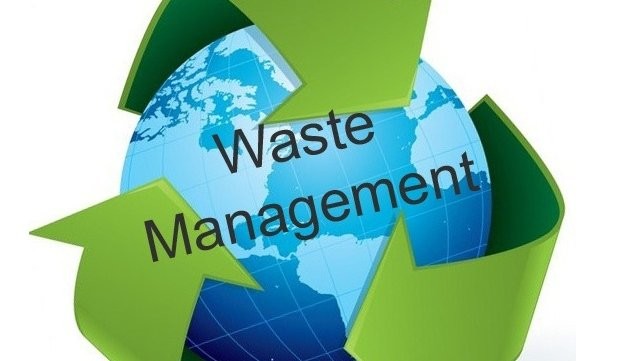Exactly How Recycling Lives Services Help In Reducing Ecological Footprints
Exactly How Recycling Lives Services Help In Reducing Ecological Footprints
Blog Article
Discovering Different Types of Waste in Modern Waste Monitoring Systems
The contemporary landscape of waste administration entails browsing a complicated variety of waste types, each needing specialized handling and disposal techniques to mitigate ecological influences. Community strong waste, unsafe waste, electronic waste, and organic waste each existing distinctive challenges and chances for resource recovery. Ingenious remedies such as wise waste bins and waste-to-energy innovations are emerging as crucial devices in boosting effectiveness and sustainability. Understanding these waste types is crucial for cultivating public awareness and encouraging energetic participation in sustainable practices. What strategies can successfully deal with these varied kinds of waste while advertising a round economy?
Municipal Strong Waste
Metropolitan solid waste, commonly described as house trash or trash, incorporates a variety of discarded materials generated by household, industrial, and institutional resources within a municipality. This waste stream generally consists of things such as product packaging, food scraps, lawn trimmings, paper, plastics, fabrics, and thrown out home goods. The monitoring of municipal strong waste is a critical part of city planning and public health and wellness, necessitating reliable collection, transportation, and disposal systems.
Effective waste administration systems are created to decrease ecological impact while optimizing resource recovery. This typically entails a mix of approaches including recycling, composting, and landfilling. Recycling programs target products like paper, glass, metals, and certain plastics, diverting them from landfills and reestablishing them right into the production cycle. Composting organic waste, such as food scraps and lawn trimmings, not just reduces land fill use yet likewise produces useful soil changes.
Municipalities should likewise deal with the economic and logistical challenges linked with waste management. Implementing pay-as-you-throw systems, boosting public understanding, and buying technology can substantially enhance waste diversion prices. By integrating these methods, communities can foster lasting areas, decrease greenhouse gas emissions, and conserve all-natural resources.
Hazardous Waste

Effective dangerous waste management entails a number of vital steps: recognition, therapy, partition, and disposal. Segregation makes sure that hazardous materials are kept individually from non-hazardous waste to prevent cross-contamination.
Regulatory structures, such as the Resource Preservation and Healing Act (RCRA) in the USA, supply guidelines and requirements for hazardous waste administration. Adherence to these policies, coupled with innovations in waste treatment modern technologies, is important in mitigating the dangers connected with contaminated materials.
Electronic Waste
Electronic waste, typically referred to as e-waste, represents a swiftly growing challenge in waste monitoring systems internationally. This kind of waste incorporates discarded electronic tools and equipment such as smart devices, computer systems, televisions, and various other digital home appliances. The rapid speed of technical innovation, combined with lowering product lifespans and customer demand for the most current tools, has actually exponentially enhanced the volume of e-waste created yearly.
E-waste is especially problematic due to its complex structure, typically consisting of harmful compounds like cadmium, mercury, and lead, which posture considerable ecological and health and wellness risks otherwise effectively taken care of. Conversely, e-waste additionally includes useful materials such as copper, silver, and gold, which can be recovered and recycled. The twin nature of e-waste-- both important and unsafe-- necessitates customized handling, recycling, and disposal processes.
Effective e-waste visit homepage administration entails rigid governing structures, durable collection systems, and progressed recycling innovations. Public understanding and participation are essential, as inappropriate disposal practices, such as illegal disposing and informal recycling, aggravate ecological contamination and wellness hazards. Enhancing e-waste administration methods is crucial for minimizing environmental effect and recouping important resources in a significantly digital globe.

Organic Waste
Organic waste, consisting of kitchen scraps, backyard trimmings, and farming residues, represents a significant portion of the international waste stream. This sort of waste is biodegradable, meaning it can be damaged down by microbes into simpler organic substances. Despite its capacity for natural disintegration, improper management of natural waste can lead to negative environmental effects, including the exhaust of greenhouse gases such as methane, which add to environment modification.
Reliable management of organic waste is important for lessening these ecological effects (recycling lives services). Composting is a commonly adopted technique, transforming organic waste into nutrient-rich compost that can enhance dirt health and wellness and farming productivity. Furthermore, anaerobic food digestion is an arising modern technology that transforms organic waste into biogas, a renewable resource resource, and digestate, which can be used as plant food
Municipalities and waste administration entities need to implement robust natural waste collection and therapy programs to make the most of the benefits of these procedures. Public education campaigns can additionally play an essential role in encouraging houses and companies to separate natural waste from other kinds of waste. By focusing on the administration of organic waste, societies can minimize garbage dump use, lower greenhouse gas emissions, and develop useful by-products for farming use.

Innovative Waste Management
In the world of waste administration, cutting-edge techniques are changing how cultures handle their refuse, going for sustainability check here and efficiency. These developments encompass an array of technologies and practices that boost reusing prices, minimize garbage dump dependency, and reduced ecological effect. One noticeable advancement is the application of smart waste containers geared up with sensing units that keep track of fill degrees and optimize collection routes. This not just lowers gas intake yet additionally decreases greenhouse gas emissions.
One more noteworthy growth is the fostering of waste-to-energy (WtE) technologies. By converting non-recyclable waste right into functional energy via processes such as incineration and anaerobic food digestion, WtE lowers land fill concern and provides a renewable resource resource. In addition, innovations in chemical recycling enable the breakdown of intricate plastics into their initial monomers, allowing the creation of brand-new, top quality plastic items.
Furthermore, the circular economic climate model is gaining traction, emphasizing the layout of items and systems that focus on reusability and source effectiveness. This alternative method motivates industries to reduce waste generation from the outset. With these innovative approaches, modern-day waste administration systems are not just dealing with the instant obstacles of waste disposal but likewise paving the method for an extra sustainable future.
Final Thought
A thorough understanding of municipal strong waste, unsafe waste, digital waste, and organic waste, paired with the implementation of ingenious waste management solutions, is important for reducing environmental influences. Integrating modern technologies such as clever waste this content containers and waste-to-energy systems can enhance performance and sustainability. Reliable waste management strategies not just foster resource recuperation yet likewise advertise public awareness and participation, ultimately adding to the development of a round economic climate.
The modern landscape of waste administration includes navigating a complex range of waste types, each requiring specialized handling and disposal approaches to mitigate environmental effects. Municipal strong waste, dangerous waste, digital waste, and natural waste each existing distinct difficulties and chances for source recovery.Electronic waste, frequently referred to as e-waste, represents a rapidly expanding challenge in waste management systems globally. Via these cutting-edge strategies, modern-day waste administration systems are not just resolving the immediate obstacles of waste disposal yet also paving the way for an extra lasting future.
A comprehensive understanding of local strong waste, hazardous waste, digital waste, and natural waste, combined with the application of cutting-edge waste management services, is essential for alleviating ecological effects. (recycling lives services)
Report this page